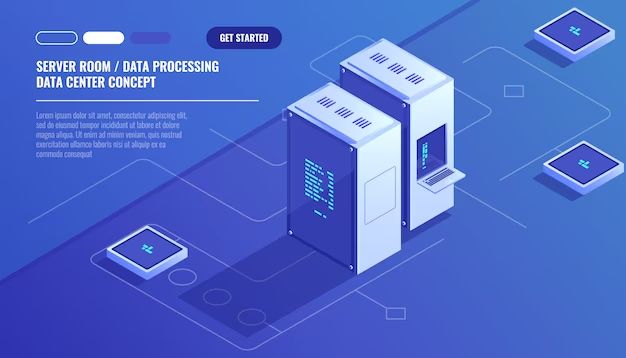When it comes to Network Attached Storage (NAS) solutions, one of the most common questions asked is “Is NAS storage free?”. The short answer is no – NAS storage requires purchasing physical hardware and software licenses, so it is not free. However, there are ways to get free or low-cost NAS solutions for personal use or small businesses on a budget.
What is NAS storage?
NAS, or Network Attached Storage, is a dedicated file storage device that connects to a local area network (LAN) to provide centralized data access and storage for various network devices. A NAS appliance contains one or more hard drives that are configured in an array for redundancy and performance. The main functions of a NAS include:
- Centralized storage – Store files in one place and access from anywhere on the network
- Shared storage – Allow multiple users and devices to access and share files
- Backups – Automate backups of networked devices
- Remote access – Access files remotely over the internet when away from the LAN
NAS provides more flexibility than direct attached storage (like an external hard drive) and is easier to set up than a full server with storage arrays. NAS operating systems often include features like RAID data protection, built-in backup software, remote accessibility, and integrations with cloud storage services.
NAS hardware costs
There are some costs associated with setting up NAS for your storage needs:
- NAS enclosure – The physical hardware that houses the storage drives. Consumer NAS enclosures start around $100.
- Hard drives – The actual storage media inside the NAS. Expect to pay $15-20 per TB for hard drives.
- Memory – RAM to handle OS/software tasks. Prices vary.
- Networking – Ethernet cables, switches, or accessories for connectivity.
In addition, commercial and enterprise NAS often have additional hardware costs like:
- Processor – for running the OS and apps
- Redundant power supplies – for maximum uptime
- 10GbE network ports – for fast LAN speeds
- Expandable drive bays – to scale storage capacity
For a basic personal or small business NAS with 4-8TB of raw storage, expect to spend $300-$700 just for the physical hardware.
NAS software costs
NAS operating systems and software also add to the overall cost of a solution. Here are some common NAS software expenses:
- OS license – Paid NAS OS options like Synology DSM have license fees.
- Apps and utilities – Add-ons for backups, Plex, FTP servers, etc may require licenses.
- Cloud services – Many NAS include cloud backup or syncing apps which require subscriptions.
- Support packages – Paid tech support plans from the vendor.
- Enterprise features – Advanced features like snapshots, clustering require paid licenses on commercial NAS appliances.
For a consumer or SOHO business NAS, plan on $100-$300 in potential software licensing expenses down the road. Enterprise NAS software licenses can run into the thousands.
Ongoing costs
There are recurring costs to maintaining a NAS appliance as well:
- Electricity – NAS needs continuous power. More disks = higher power draw.
- Internet connection – For remote access and offsite backups.
- Technical support – If you don’t manage it yourself, IT support has costs.
- Cloud services – Ongoing costs for backup/sync subscriptions.
- Upgrades – Eventual hardware upgrades or replacements.
Plan for $100-$300 per year in ongoing ownership costs for a home or small business NAS. Enterprise NAS total cost of ownership is much higher.
BYOD options
If purchasing a dedicated NAS appliance doesn’t fit your budget, here are some ways to get free or low-cost NAS functionality using existing hardware:
Old PC or laptop
An old Windows or Mac computer can be repurposed into a home NAS using free software like FreeNAS, OMV, or Server Essentials. Just add some USB or internal hard drives. A PC or laptop over 3-4 years old is plenty powerful for basic NAS duties.
Raspberry Pi
A Raspberry Pi single-board computer can run NAS operating systems like Raspberry Pi OS, OpenMediaVault, or FreeNAS. Add an external USB drive and set it up headless. Low power usage and hardware that starts around $35.
Router with USB port
Many consumer routers have USB ports to connect external USB drives and share them as network storage. Features are limited compared to a dedicated NAS, but provides a free starting point.
Old android phone/tablet
Believe it or not, an old Android device can act as networked storage by using apps like Servers Ultimate Pro. Insert a micro SD card for storage. Very cheap NAS but less capable.
Cloud storage
Cloud backup services like Dropbox, Google Drive, OneDrive or IDrive offer anywhere from 5GB to 2TB of free storage. Great for storing personal files securely online to access anywhere.
Conclusion
While dedicated NAS storage solutions are not free, there are many ways to get started with home NAS capabilities on a budget by repurposing old hardware. For mission critical business storage needs however, investing in a purpose-built NAS with enterprise-grade features is worth the cost for reliability and performance.

